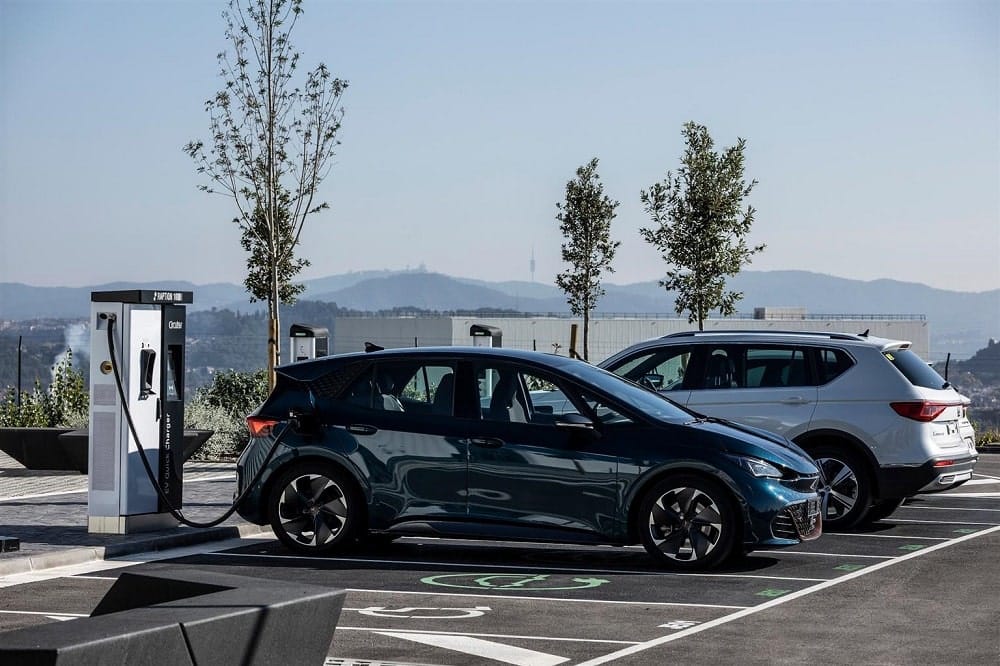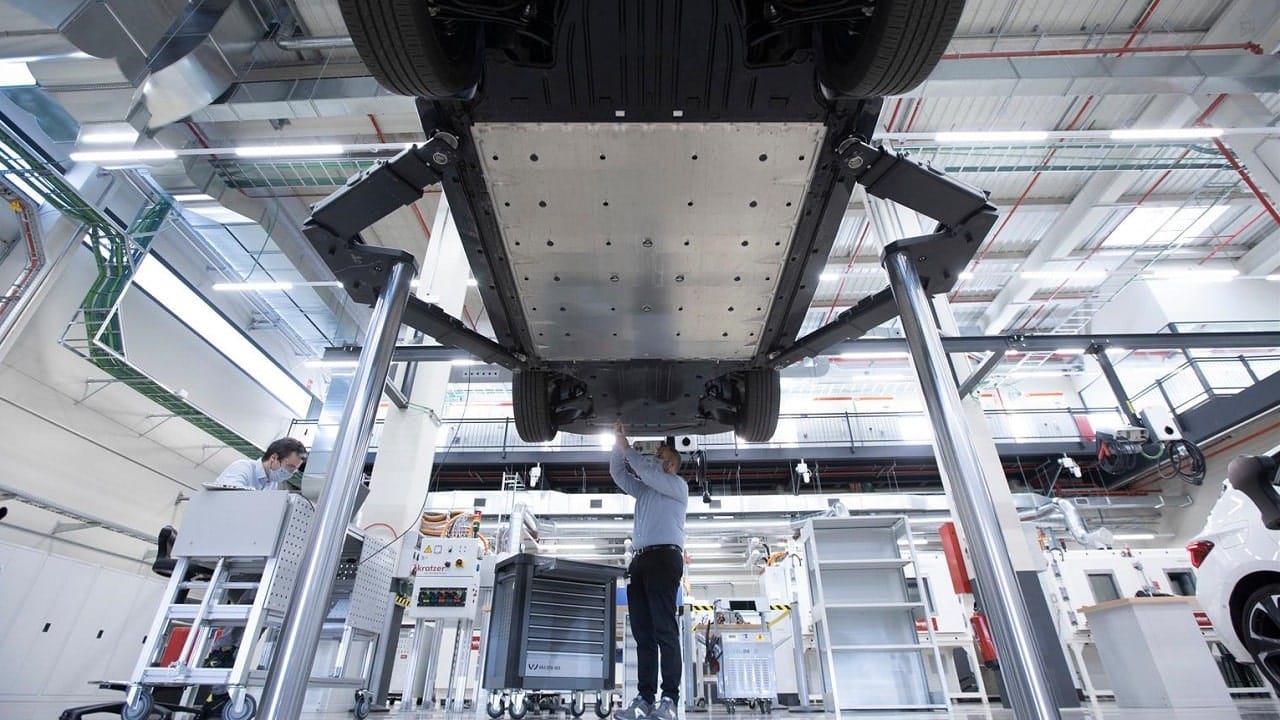The battery are a fundamental component of electric cars and hybrid vehicles: the Volkswagen Group and SEAT in particular are investing heavily in these products. So that Francis shoeHead of the Test Center Energy (TCE), SEAT SA’s research and development laboratory, wanted to answer some questions that users may have about this key component.
SEAT and batteries for electric cars
The first doubt that a user could have about batteries concerns precisely the components: what are they made of? Sabaté explains that the “technology we use in the Volkswagen Group is based on lithium ions, specifically with the chemical combination of nickel, manganese and cobalt (NMC) “.
These are the elements that form the cells, which they then group into moduli and arrange in packages. The cooling system, control electronics and casing complete the package.

Sabaté explains that the underlying technology remains the same between hybrid and electric vehicles, but the dimensions change. “The battery pack of a hybrid vehicle is consisting of about 100 cells, while that of an electric vehicle is made up of approx 300 one”.
The life of these batteries varies with driving style and usage. But Sabaté explains that “we can assure a minimum of 160,000 kilometers or 8 years of useful life“. But reducing quick recharges, in order to avoid raising the battery temperature too much, can extend the average life of the battery.
Furthermore, Sabaté explains that after 160,000 kilometers or 8 years of life, the batteries retain about 80% of their capacity. This means that the charge will last less, but it can also be used later: we will just have to pay more attention to managing the recharges.
















Leave a Reply
View Comments